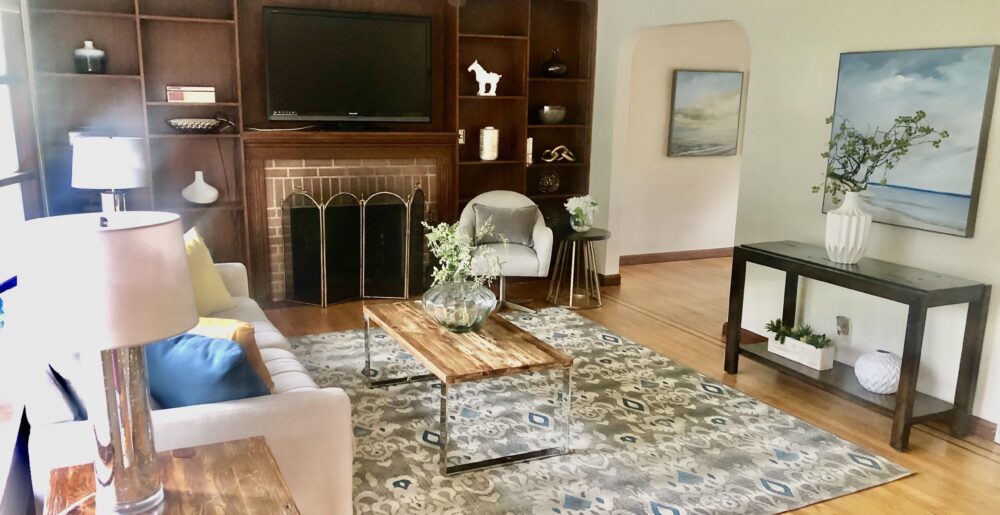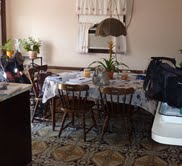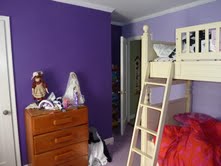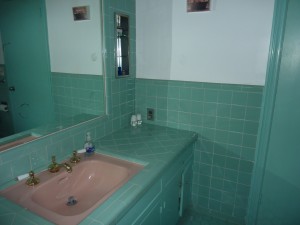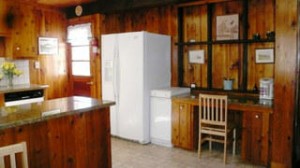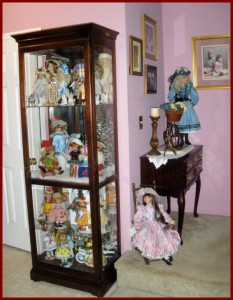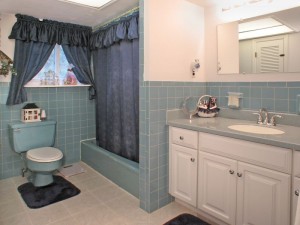
Toilet paper trailing out of toilet

Ugh! Way too much clutter will make buyers feel there's not enough storage.
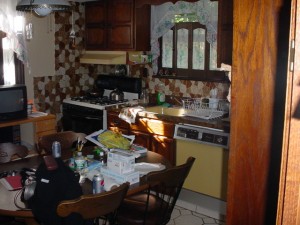
A room you can't see; this mess doesn't appeal to anyone.
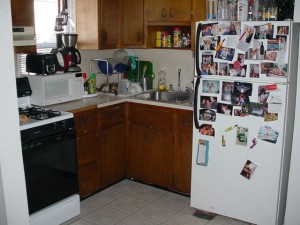
Too much clutter!
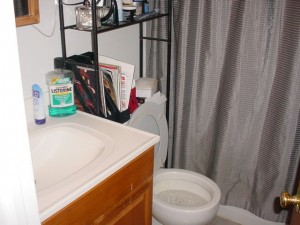
Mouthwash and an open toilet . . . not a pretty combo
A few pics I’ve seen recently on the MLS have made me cringe . . . and I’m pretty sure they do the same to buyers!
My first thought is: Would you want to BE in these rooms, let alone LIVE in them? Shouldn’t the goal of photos of any house for sale be to pique the interest of buyers, not scare them off? Home sellers need to be told to clean up and de-clutter. If they don’t, the agent must warn them that their house is not going to get the calls and the traffic it should, since it’s well-known that 90% of buyers today search the internet to find the houses they want to see before they call an agent.
And, if you’re an agent taking photos, pay attention to what you’re taking photos of! Always take a good hard look at them on your computer screen: often, you will notice a lot more drawbacks in a photo than you did “in real-life.”
Although with these photos, it’s hard to imagine NOT seeing how bad the rooms look when you’re standing in them!
A few basics before you snap shots:
1) Toilet seats should always be down; bath mats removed.
2) Remove personal hygiene and cleaning products.
3) Take down family photos.
4) Remove all that clutter, including pet dishes, beds, and toys.
5) If you have towels anywhere, make sure they’re hung either neatly on a towel rack or rolled up next to a Jacuzzi, not left lying on the floor, draped over a shower curtain rod, etc. And make sure they look clean!
6) Speaking of towels, remove all dishtowels – they just never look classy, plus they look like clutter and remind buyers of work (hey, does this place even have a dishwasher?)
7) Remove laundry/clothes/shoes that are visible in open areas. Stow away in baskets and hampers that are out-of-sight in closets or under vanities.
8) Clear floors of all small items.
9) Beds need to be MADE, pillows fluffed, and there should be at least two layers of pillows to make the bed look comfortable. Do not pull bedspreads over the pillows — pillows belong on top, and a throw or a luxurious blanket folded across the bottom will really make the bedroom inviting.
10) Move everything off the fridge and on top of it.
11) Pare down your kitchen counter appliances to an essential one or two, such as the coffee maker and toaster. Remove knives as well.
12) Remove unhealthy-looking or tiny plants. Remove fish bowls (and other containers with little critters) from kitchens and bathrooms, especially, and make sure there are no pets or people in your photos.
13) Make sure no furniture is blocking any windows — the more light the better, and especially if you have attractive views, you want to show them off!
14) Put all lights on in every room, open all curtains and blinds, and bring in fresh flowers for the dining room table and kitchen table. If you have a fireplace, light it to really draw buyers’ eyes to this special feature.
Let your MLS photos put your home’s best features forward to attract the most buyers possible!
